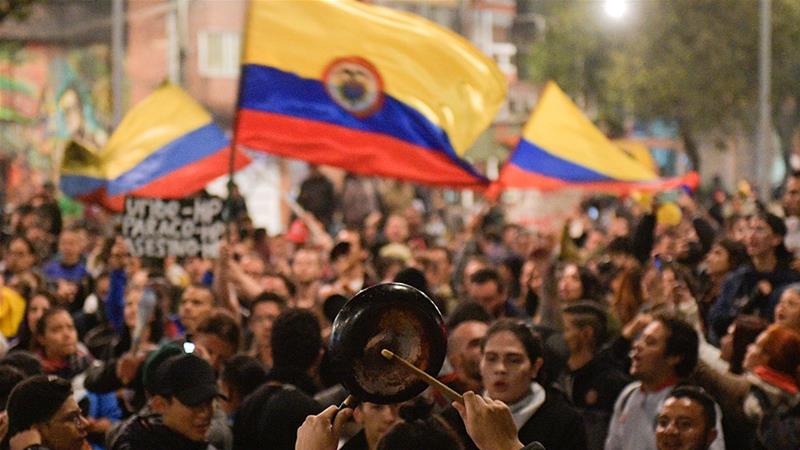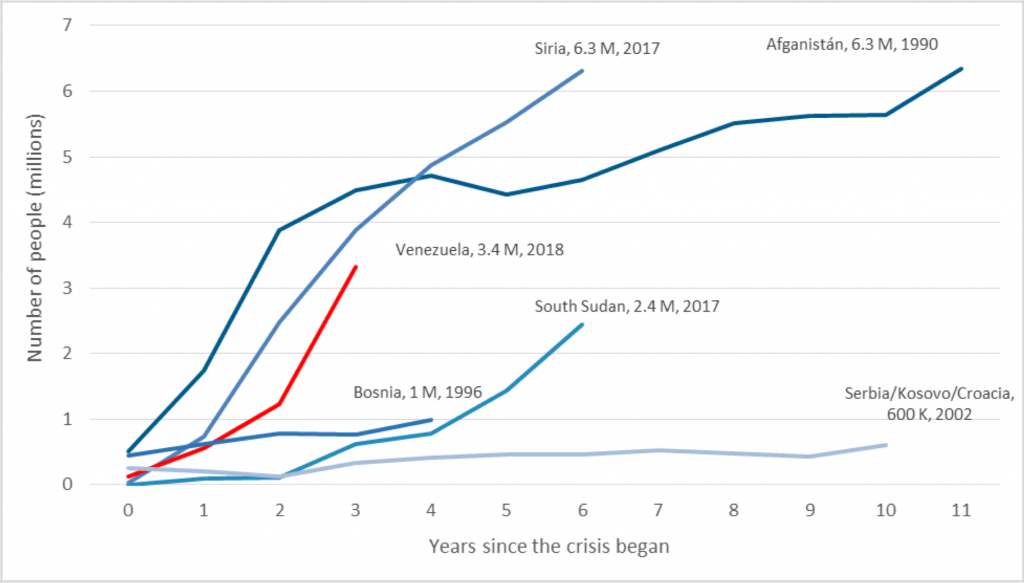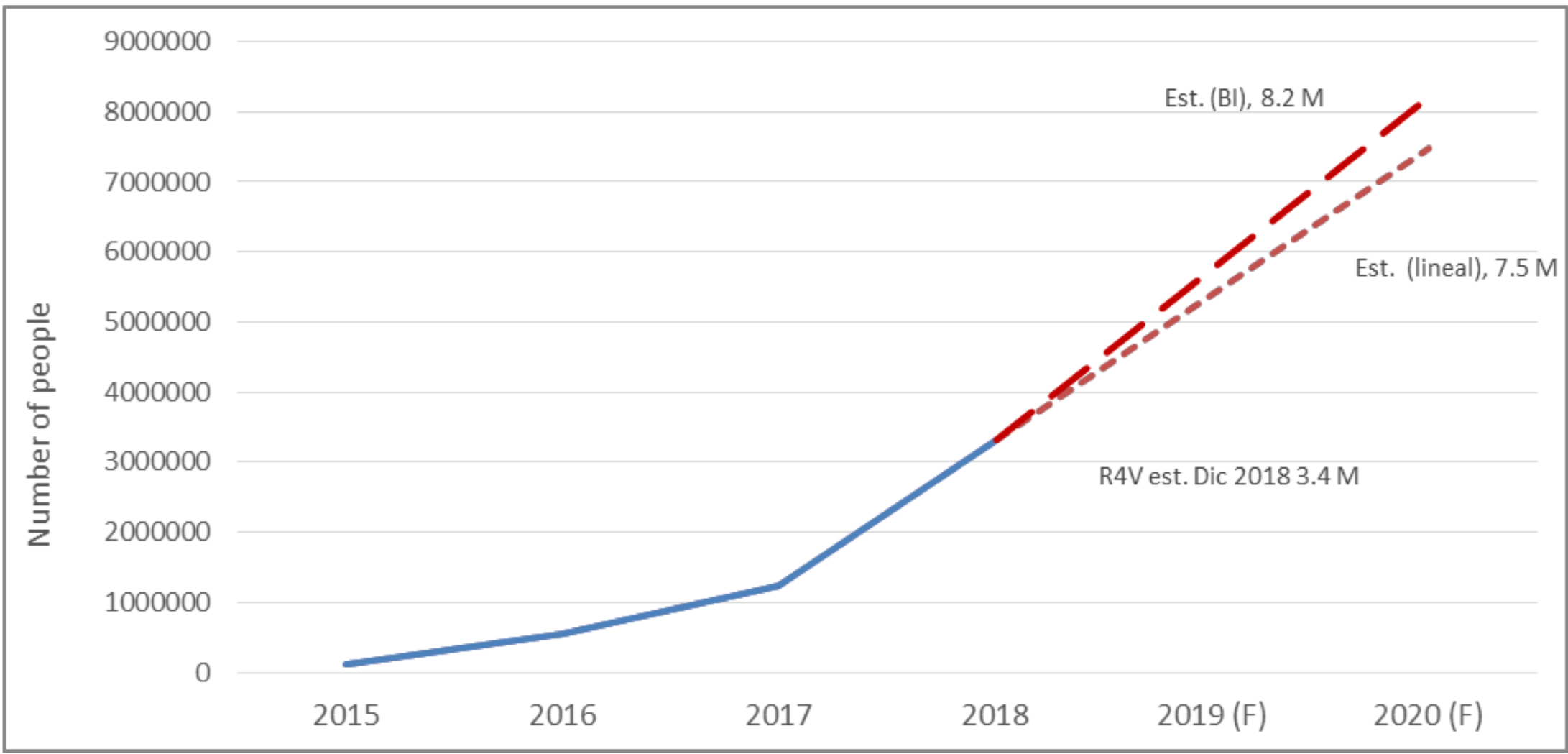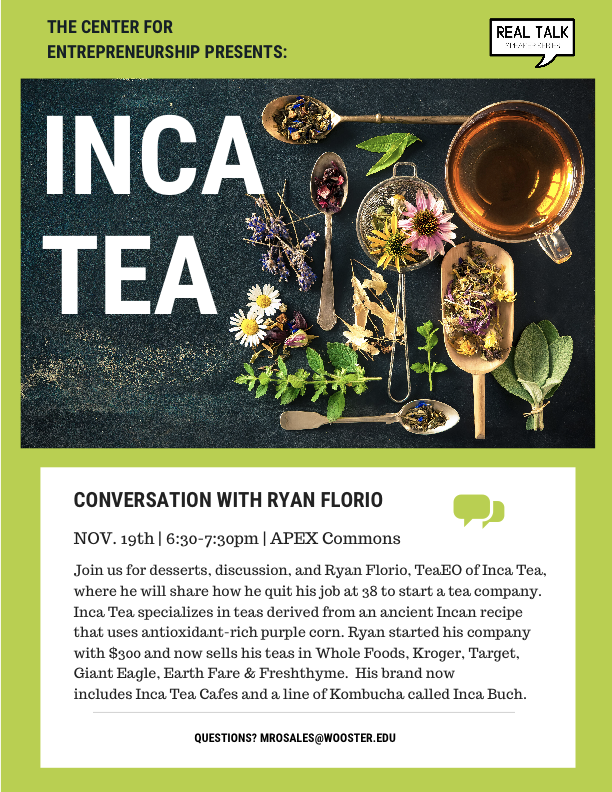https://www.nytimes.com/2019/11/13/world/americas/mexico-tenango-embroidery.html
This Mexican Village’s Embroidery Designs Are Admired (and Appropriated) Globally
Where it would be easy to assume that the American perspective of Latin America would glorify the American perspective. Rather, the New York Times paints Latin America, specifically Mexico, as the good guy and America as the villian. In an article written Nov. 13, 2019, “This Mexican Village’s Embroidery Designs are Admired (and Appropriated) Globally,” the New York Times exposes an often ignored aspect of art: appropriation. In a small town in Mexico, San Nicolàs, embroidery runs through the veins of its artists.
An indegenous tribe called the Otomí have a distinct art style, depicting their vegetation and wildlife, unique to their location. The art was originally used for survival and has been adapted into an industry they call the tenangos. Since the expansion of their art, it has been distributed in a worldwide market. One look at their work, makes their unique nature clear. The art is vivid with distinctive colors and imagery as you can see in the photo below.In the past few months, “major international brands have advertised products decorated with the Otomís’ distinctive iconography, without mentioning Tenango de Doria or the Otomí as their source.” Many of us are familiar with the term cultural appropriation. It shows up in our social media feeds but it is rarely addressed in the art community, in particular with indegenous peoples. In this article, the author went a step further than appropriation, calling it plagiarism. This word choice exposes the severity of this infringement. These embroideries are a part of the tenango livelihood. It is not merely a pastime, but it is essential to their survival. This unqiue art form is dying as companies like Nestlé profit from the designs they are stealing from these uncompensated artists.
In comparison to how I typically see Latin America portrayed in the news, this article was a pleasant surprise. It gave credence to the tenago artisans and respected their craft. It did so without painting these artists as victims as the artists pursued legal actions. I appreciated the way the author exposed the companies that plagiarized including the well-known Nestlé.
The author did a beautiful job of displaying the various artworks of these genuine artists. However, I would have appreciated if the author had included some of the appropriated images as a point of comparison, particularly for Nestlé (partially out of curiosity).
In relation to the course, I found this article fascinating in how indegenous peoples are continuing to be abused. In the same way we have seen so many revolutions spurred by indegenous rights, we continue to see the necessity for reform on these grounds. Systematically, it is clear that the artists did not find any solace in that they did not win their lawsuits against the plagiarists, only losing money in attempting to get the credit they deserve.
This is the most horrendous form of cultural appropriation in that it allows artists to be starved (figuratively and literally) of the credit for their hard work. They pour a piece of themselves into their art, only for big corporations to take credit and turn a profit, and for the artist to receive little to no credit and no compensation. This goes to show that cultural appropriation is not simply a fashion statement but it damages lives, perpetuating the cycle of poverty whilst large companies rake in money they don’t need.



 (Jair Bolsonaro, right, with environment minister.)
(Jair Bolsonaro, right, with environment minister.)


